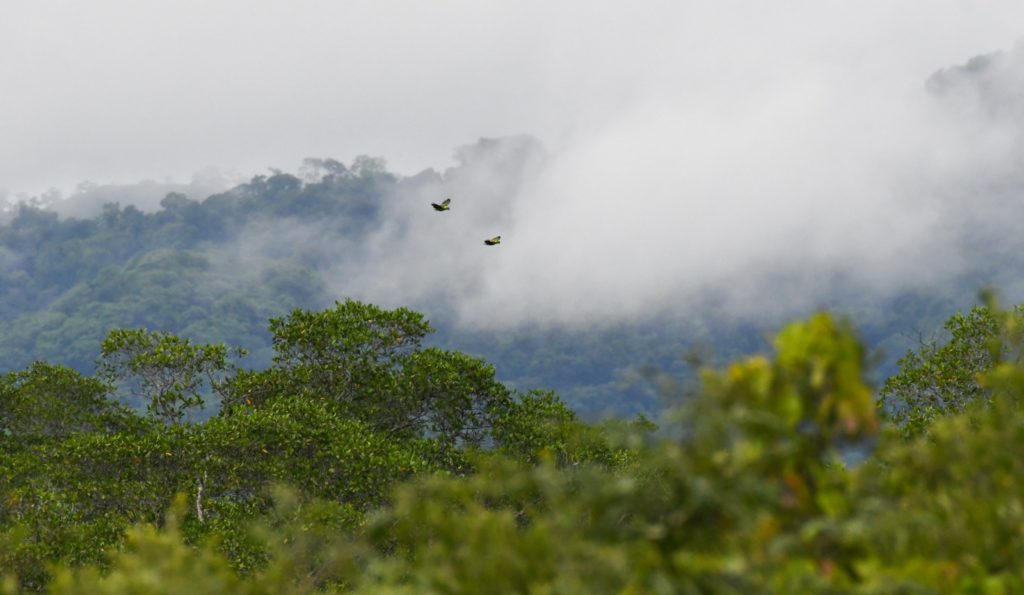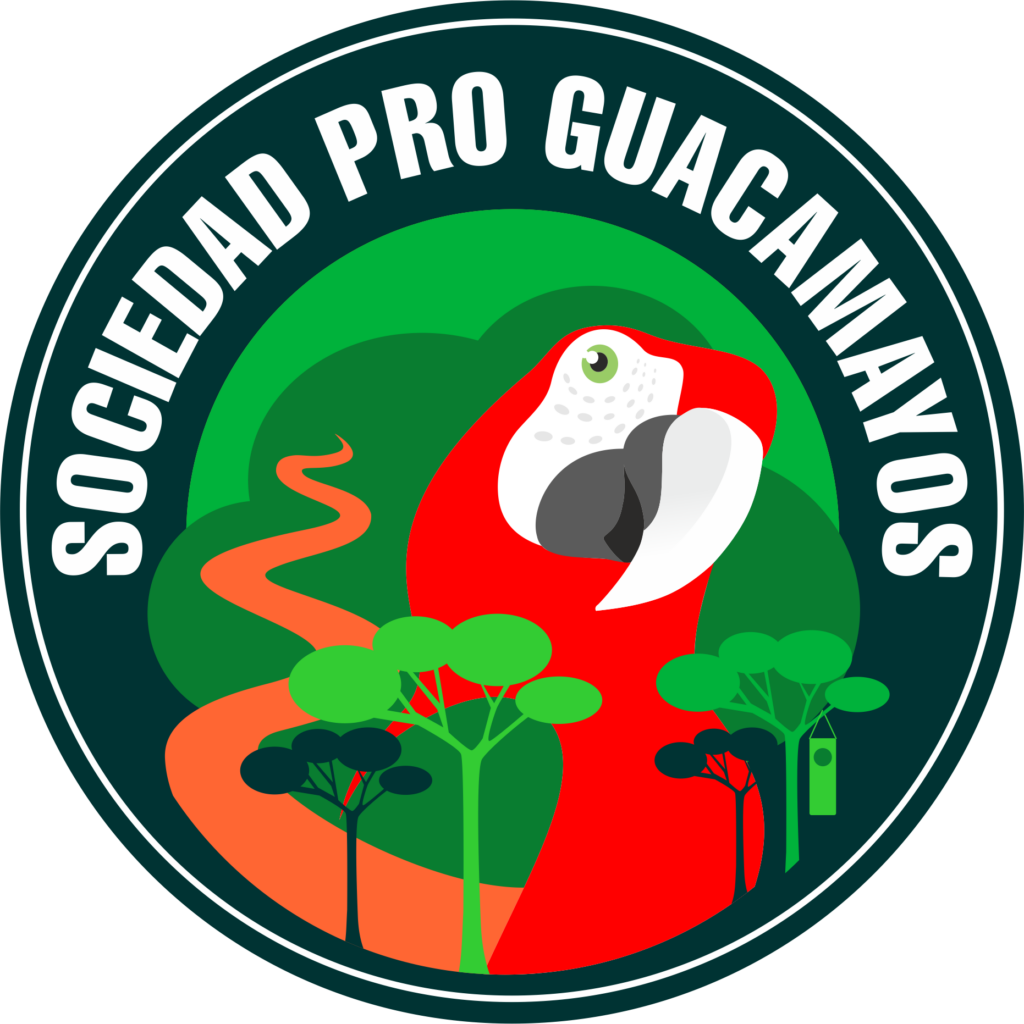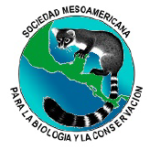The Big Week for the Yellow-Naped Amazon
Last week, from June 11 to June 18, 2022, was the “Gran Semana for the Yellow-naped Amazon” in Costa Rica. For the first time an international group of collaborators has come together to conduct this count. The group leading the count include the University of New Mexico, the University of Costa Rica, the Macaw Recovery Network, the University of Pittsburgh at Johnstown and The Macaw Society.
The Yellow-naped Amazon parrot is critically endangered due to the combined impacts of habitat loss and poaching. Over the past 15 years, populations in Costa Rica may have declined by as much as 50%. During this “Big Week,” these teams of researchers and conservationists , were counting these colorful parrots as they come to sleep at the nearly 40 different roost sites known throughout Costa Rica. This count will help us determine how the populations have fared over the past few years and give us better insight into where and how to direct our conservation efforts.
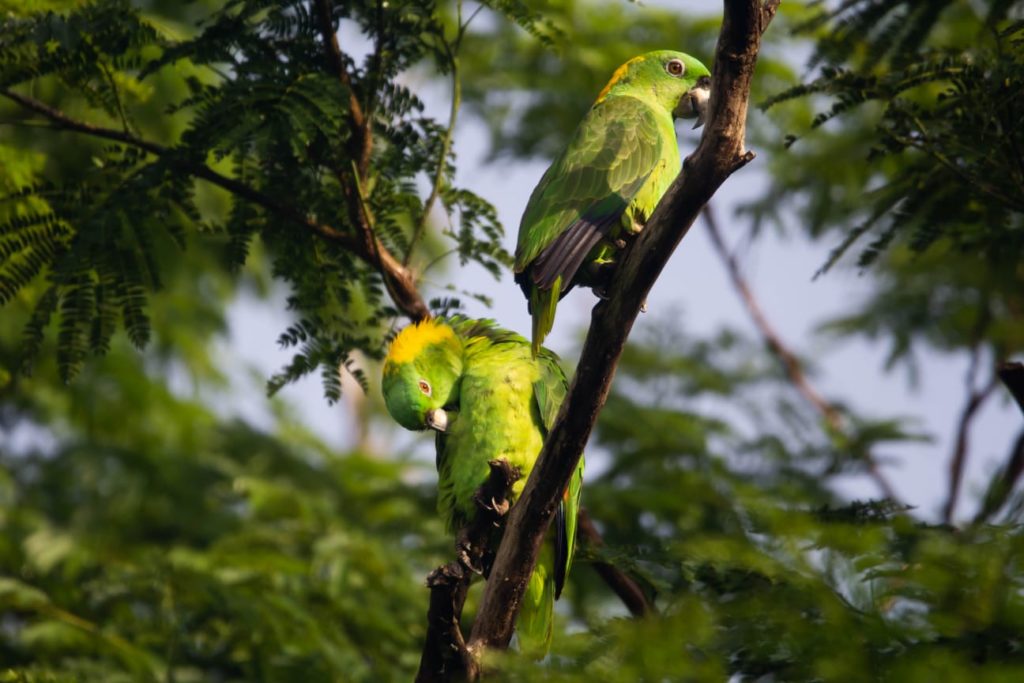
A team from The Macaw Society was counting parrots as part of this “Big Week”. Our field leaders Simon Kiacz and Roshan Tailor plus veterinarian Ivanna Gordienko were covering areas of western Costa Rica, including Tarcoles, La Ensenada, Tabogo, Ortega, Puerto San Pablo and others. They arrived around 4 p.m. to different census locations to wait for the parrots to start arriving to their roosting sites. The same counting strategy is repeated starting at 4 a.m. in the very same locations, to re-count the parrots that leave the roosting area for the day.
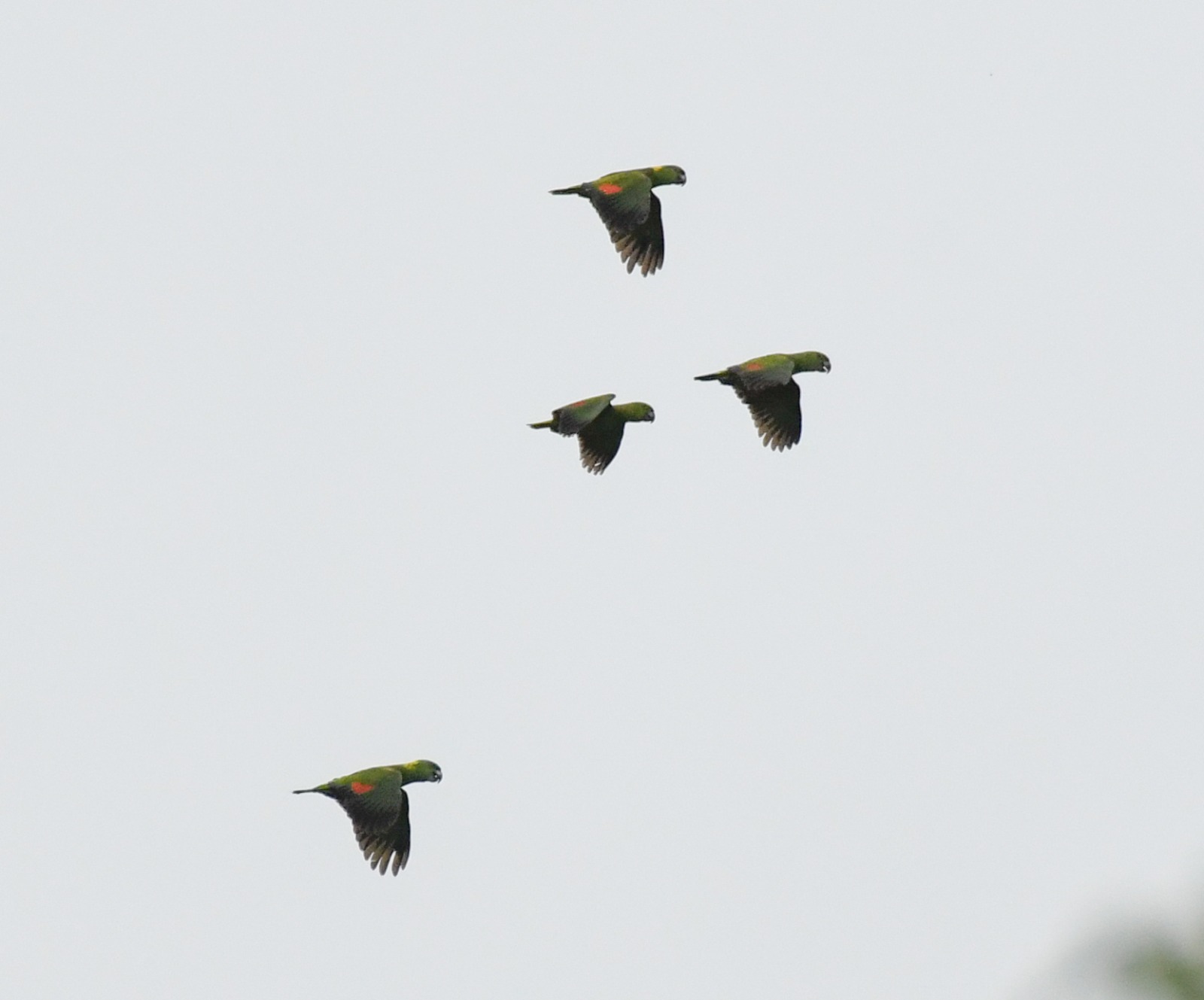
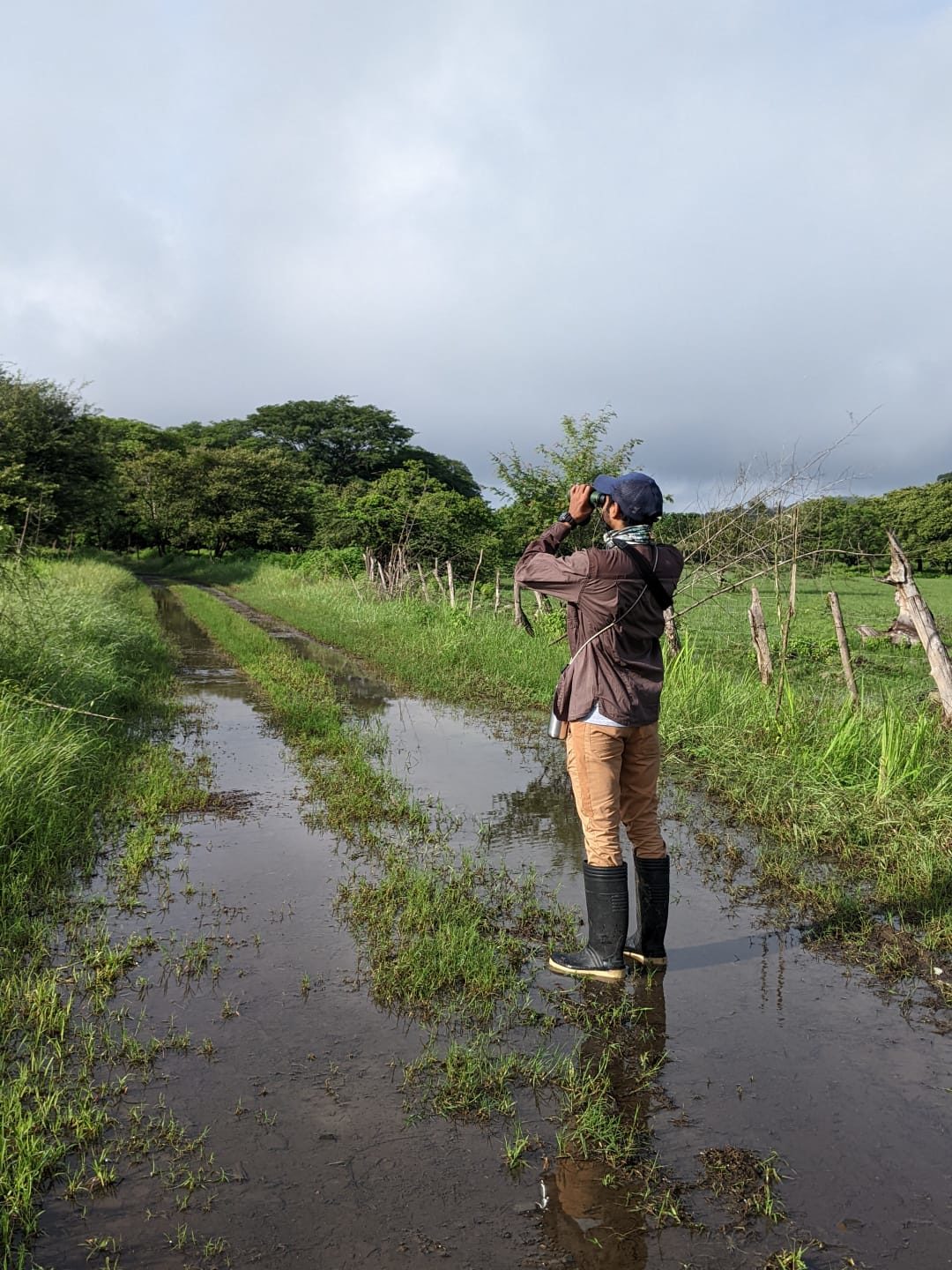
This week, the different teams are sorting out and reporting their field data. Just our team counted close to 2000 Yellow-naped Amazon parrots across a total of 14 different locations. Looks like this year we will surpass the approximately 1000 birds found in the 2016 nationwide census in Costa Rica!
As part of this national parrot count, there is also a call to the general public to help identifying areas where Yellow-naped Amazons live. People from all over Costa Rica can go to the Mesoamerican Parrot Census Network to report sightings of this species and also to learn more about this initiative.
